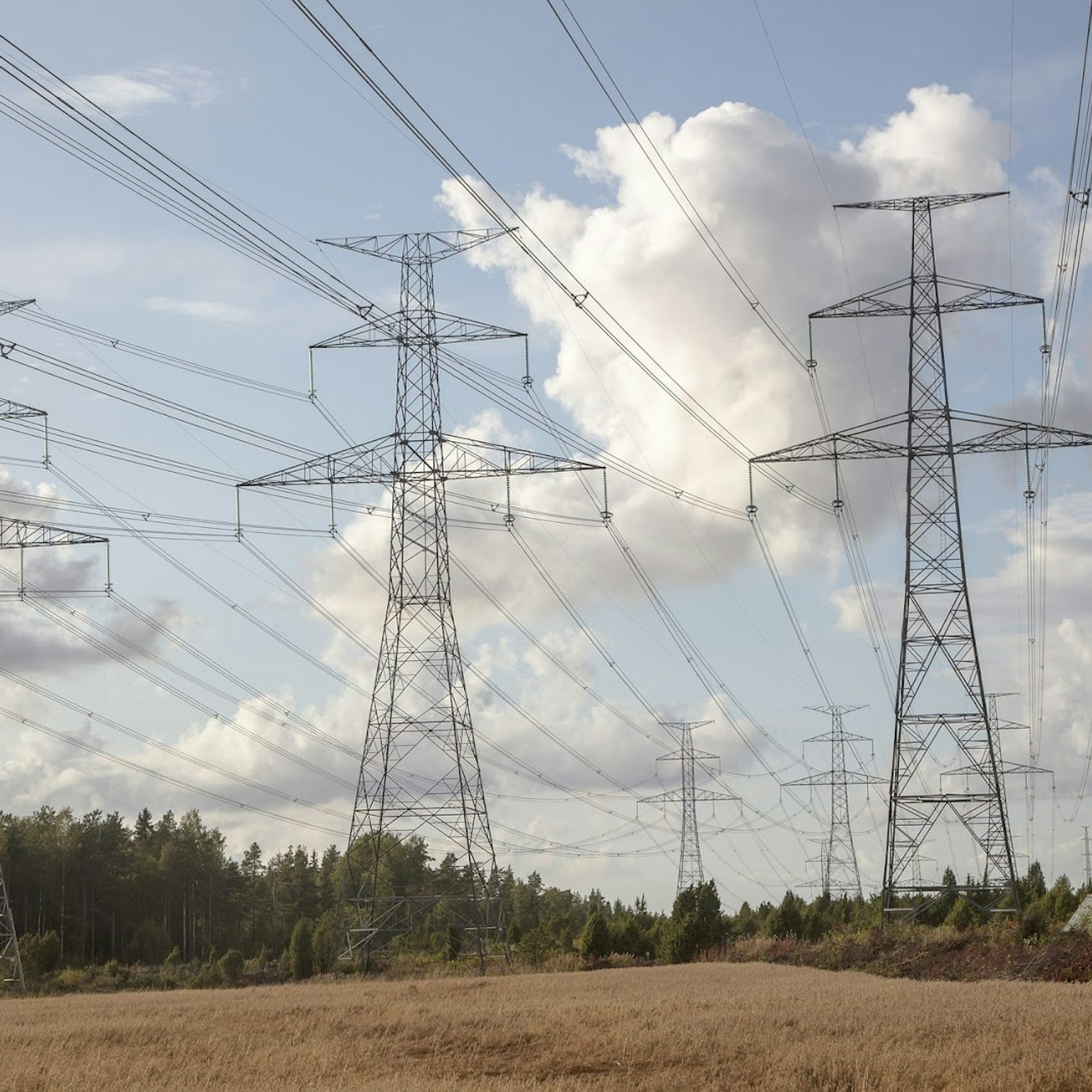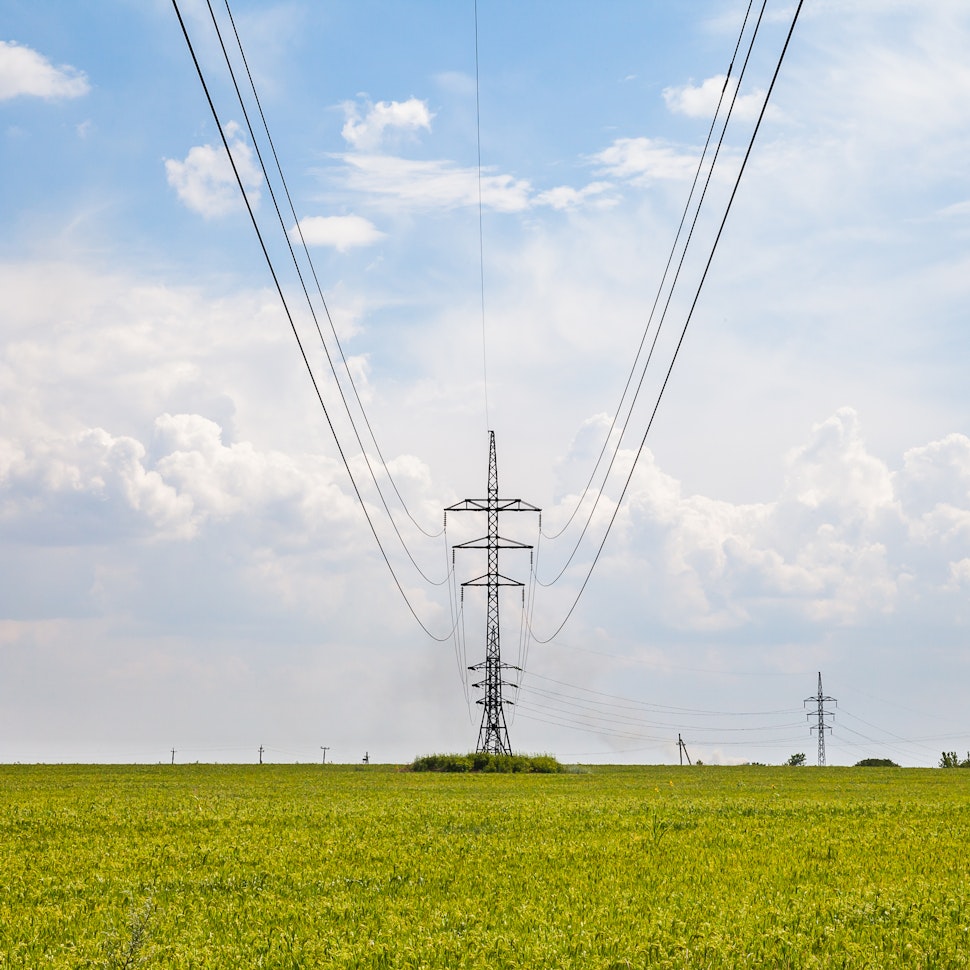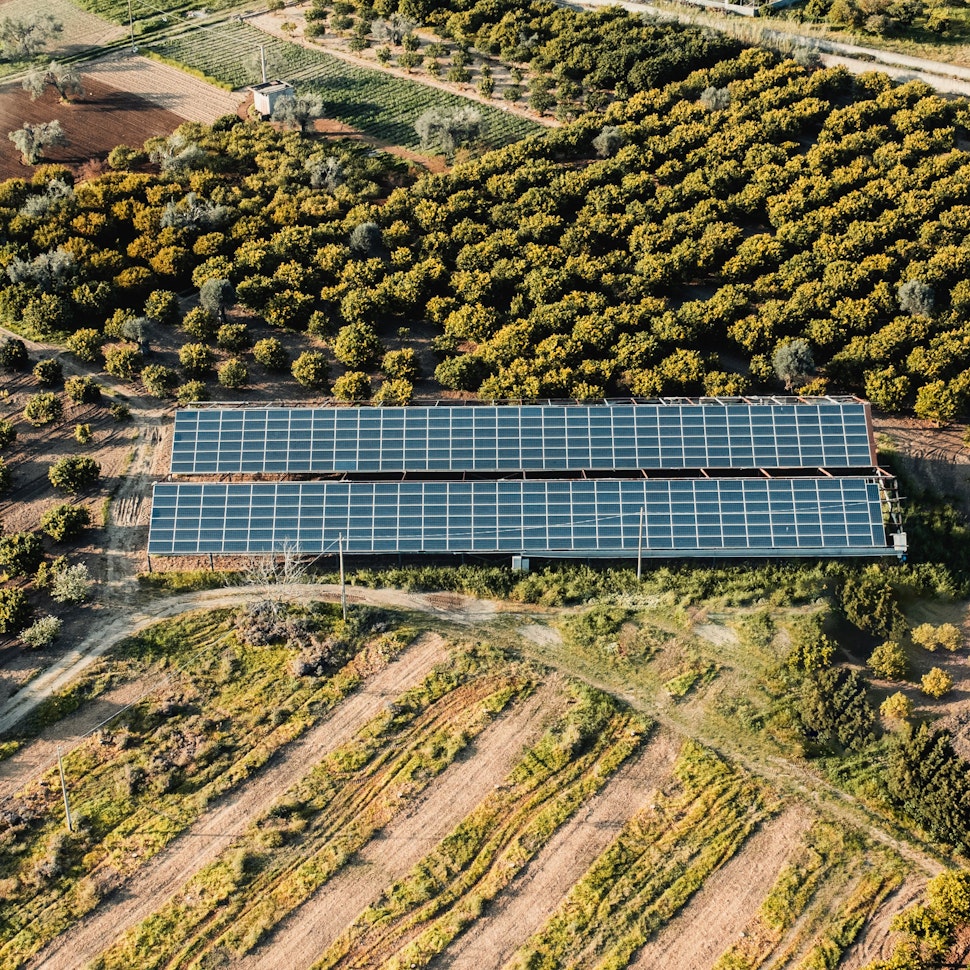- Solar energy blog
- Navigating the UK’s Grid Reform: Opportunities and Challenges for Renewable Energy
Navigating the UK’s Grid Reform: Opportunities and Challenges for Renewable Energy
Explore how the UK’s Clean Power Action Plan and grid reforms are reshaping green energy and creating opportunities for industry professionals


Gonzalo de Blas
Territory Manager UK&I and China
Multilingual business development professional with an international background. Motivated and looking to do my bit in making the world more sustainable.

Content
Grid reform sits at the heart of the UK’s Clean Power Action Plan, which aims for 95% of electricity to come from low-carbon sources by 2030. The government plans to launch a first-ready, first-connected system that prioritizes ready-to-build projects and removes underdeveloped proposals from the queue. It also aims to expedite approvals and expand auctions to accelerate the funding of shovel-ready projects.
Download the 2025 Renewable Energy and Solar Research Report to unlock essential insights on the renewables industry. With data from our survey and solar simulations on RatedPower, it’s your go-to resource for understanding trends, challenges, and design strategies.

What do these reforms mean for green energy? In this blog, we dissect these updates and the opportunities they create for industry professionals.
The UK’s energy transition: A brief overview
Offshore wind and solar are expected to make up 39% of the UK’s electricity mix by 2030, putting the country well on its way to net zero. But this rapid influx is stretching the system.
Between 2023 and 2024 alone, the National Energy System Operator (NESO, formerly National Grid ESO) received over 1,700 grid connection applications, more than enough to meet electricity demand through 2050. To address this, the system has paused most new connection applications, except for those related to critical infrastructure with direct transmission links, allowing system operators to clear the backlog and expedite viable connections.

To better minimize delays and promote smarter grids, the UK is updating its energy infrastructure and regulations:
Energy storage and battery systems
The country is now among the world’s leading markets for battery storage. Operational capacity currently stands at 4.4 GW, with an additional 95 GW of new battery projects in the pipeline. Faster permitting and clearer incentives are helping developers move from proposals to construction.
Grid flexibility and decentralization
The government is developing local grids, and the early impact has been encouraging.
In some regions, up to 42% of new homes included solar panels in 2024, driven in part by updated Part L building regulations that encourage the use of renewables in new builds. Local energy markets are also growing. Groups like Oxfordshire’s Low Carbon Hub now run more than 40 community-owned installations across homes, schools, businesses, and civic buildings.
Participation in grid balancing through demand-side response programs, which enable users to adjust their electricity consumption, is at an all-time high. In the winter of 2023 to 2024, 2.6 million households and businesses joined the Demand Flexibility Service and saved 3.7 GWh of electricity.
Smart grid technologies are giving wind and solar operators better tools to predict demand and dynamically adjust pricing. By late 2023, 33.9 million smart and advanced meters had been installed across UK homes and businesses, allowing users to actively track and control their energy use.
Grid capacity and upgrades
National Grid ESO’s £58 billion infrastructure plan is now in motion. This investment is designed to boost transmission from high-output areas, such as Scotland, into the north of England.
On the demand-side level, the government launched a repair scheme for faulty in-home displays beyond the standard one-year warranty. Major energy suppliers covering 60% of the market have signed on, making it easier for more households to monitor their energy use accurately.
Market and regulatory reforms
The UK is also refining energy market rules and oversight to support its net-zero goals.
Under the Review of Electricity Market Arrangements (REMA) initiative, the government may replace the national electricity price with regional pricing to reflect local constraints. This should encourage investment in areas that require additional capacity and alleviate strain where the grids are overstretched.
The Energy Act 2023 gives Ofgem broader powers to regulate emerging technologies and protect consumers. It also gives ministers more direct tools to intervene in energy supply when needed, especially for critical fuels.
Meanwhile, existing mechanisms like Contracts for Difference (CfD) and the Capacity Market (CM) continue to keep investment flowing while tightening reliability and shielding consumers from global price swings.
Challenges in UK grid reform
Despite progress at the policy level, however, trade groups say that on-the-ground barriers continue to hold back deployment.
Managing intermittency from renewables
Renewables add stochastic variability to a grid that was originally designed around predictable, dispatchable power from fossil fuel plants, and without enough storage, the system can’t always absorb the fluctuations.
Curtailment costs surged, with estimates nearing £1 billion in 2023, according to industry analyses.
The UK needs to quickly scale long-duration storage and demand-side response to smooth out supply dips without relying on fossil peakers. In April 2025, the government opened the first application window for a cap-and-floor scheme to support storage assets that can bridge multi-hour and multi-day gaps. Critics argue, however, that it may better suit pumped hydro than lithium-ion batteries, which tend to support shorter-duration needs.
Grid congestion and connection delays
Infrastructure isn’t keeping pace with renewable deployment. In some areas, projects are looking at connection dates well beyond 2030. Even operational sites are being curtailed because the system can’t handle their output.
Regulatory complexity
Fragmented oversight and drawn-out consultations continue to slow grid reform. The REMA is a good example. While key elements of REMA remain under consultation three years in, some direction has emerged, but many stakeholders warn that implementation is lagging. Launched in July 2022, this program has yet to finalize its policy direction, raising doubts that market reforms will happen fast enough to sustain grid reforms.
Political direction and public engagement
Frequent policy shifts have weakened investor confidence, making it more challenging to plan long-term projects with multi-year timelines. Public support for renewables remains strong (solar has an 88% approval rating), but consumers need practical tools in the form of tariff reform and better financing options to adopt clean tech.
Opportunities for renewable energy professionals
The UK’s grid reform agenda will drive up demand for professionals who can plan, build, and operate renewable systems.
Grid integration projects
The UK grid needs a full-scale rebuild to meet the demands of electrification and low-carbon generation. Reforms under the new NESO and the rollout of the Strategic Spatial Energy Plan by 2025 will require hands-on expertise from professionals who specialize in grid connections and distributed generation.
Flexible business models and market innovation
Tools like demand-side response and dynamic pricing are becoming central to how the system balances supply and demand in real time. This is creating new business models across the board, from grid-interactive technology and energy analytics to commercial model design. Emerging approaches like Energy-as-a-Service and virtual power plants are also blending technical and commercial skills in new ways.
Investment in storage and flexibility
As fossil-based baseload generation declines, short- and long-duration storage projects will be needed at scale, and quickly. There will be rising demand for engineers, developers, battery suppliers, and investors across a range of storage applications, from utility-scale installations to hybrid systems.
Collaboration with grid operators
NESO’s Strategic Spatial Energy Plan will identify where new capacity is most needed, giving developers a clearer view of where to build and what’s technically feasible. Those who can engage early with system operators and local stakeholders can plan better and are more likely to secure faster grid connections.
Conclusion
The UK’s grid reforms are changing how the country builds and operates clean energy projects.
For professionals across the industry, this is a chance to step into roles that shape the next generation of energy infrastructure. Renewable energy companies that actively track policy developments and coordinate with grid operators during the early development stages will be better positioned to contribute.
2025 Trends: Renewable Energy & Solar Research Report
Get key insights and data from an industry-wide survey and solar simulations on the RatedPower platform. Download now to uncover critical trends and challenges shaping the future of renewables.

Latest stories
Related posts
Market analysis
The rise of utility-scale PV + storage plants in Italy
Discover how Italy’s latest policies and auctions are driving utility-scale solar and battery storage projects to meet ambitious 2030 targets.
Updated 4 DEC, 25

Market analysis
From sun to socket: What Iberia’s grid needs to handle 2030 renewable targets
Discover how Spain and Portugal are upgrading their grids to meet ambitious renewable targets and prevent future blackouts.
Updated 25 NOV, 25

Market analysis
France’s land challenge in the solar energy boom
Explore why France’s solar expansion faces land-use limitations, local resistance, and complex permitting, despite having space to grow.
Updated 18 NOV, 25

- RatedPower
- Solar energy blog
- Navigating the UK’s Grid Reform: Opportunities and Challenges for Renewable Energy
 Watch a demo
Watch a demo Ask our AI Product Expert
Ask our AI Product Expert

